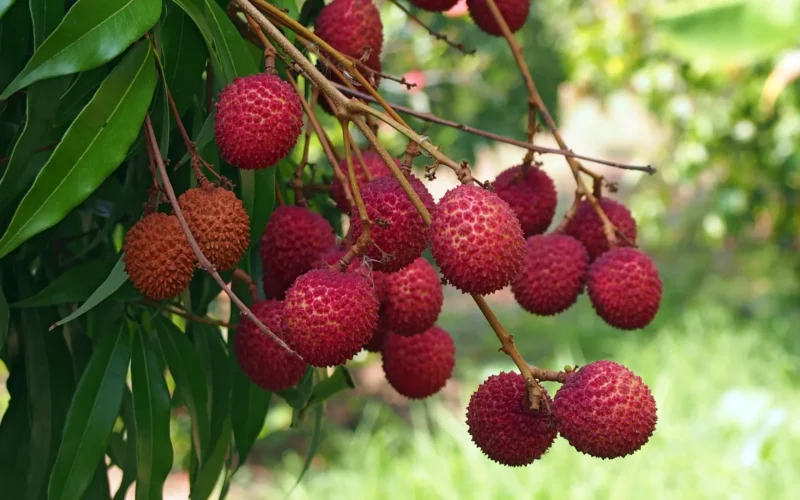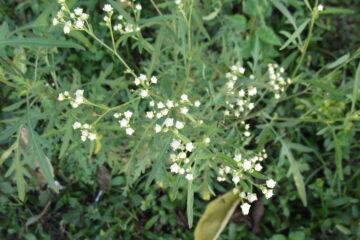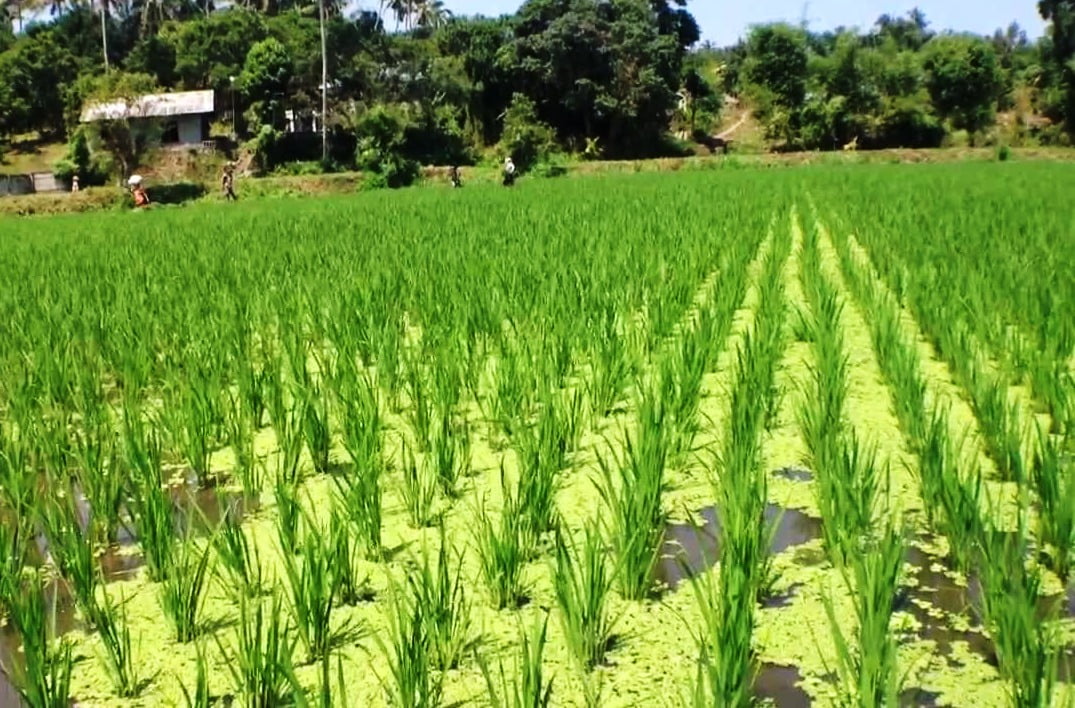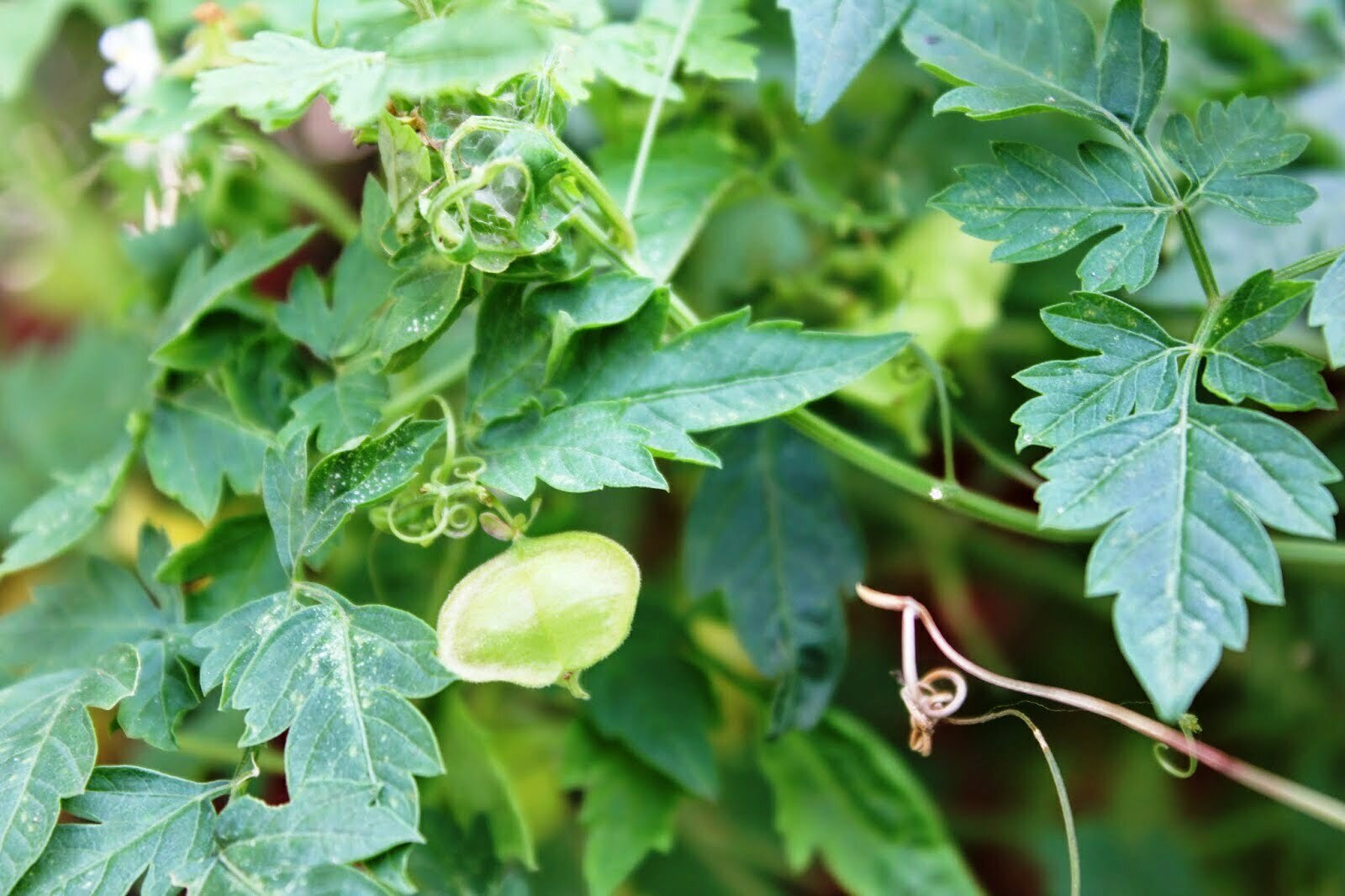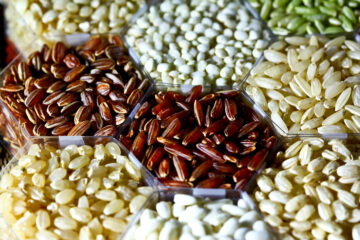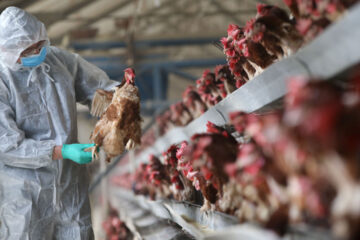The litchi tree is a significant fruit tree that thrives in tropical and subtropical regions. It belongs to the Sapindaceae family, and its botanical name is Litchi chinensis. These trees can grow up to 11 meters tall, with a rounded shape and dense foliage that remains evergreen. Litchi originates from China, and globally, India ranks second in litchi production, with Bihar and Uttar Pradesh being the primary states cultivating this fruit.
Commercial Aspects
Litchi fruits are available for only two months each year, increasing their demand. In the lower Palani Hills, litchi is produced twice a year, during December-January and June-July, allowing farmers in this region to achieve higher yields and income. In domestic markets, litchi can sell for 70-120 rupees per kilogram, while in international markets, the price ranges from 210-275 rupees per kilogram.
Uses
Litchi can be consumed fresh, and it is also used to produce high-quality squashes, pickles, and juices. Since the fruit is only available for a limited period, it can be preserved through canning or dehydration for later sale.
Cultivation Techniques
Soil and Climate: Litchi trees can grow well in various soil types, but deep, well-drained loamy soil is ideal. The soil pH should range from 5 to 7. It’s also beneficial if the soil is rich in organic matter.
Varieties:
- Shahi
- Swarna Roopa
- China
- Kasba
- Elaichi
- Purbi
- Early Seedless
- Rose Scented
- Bombay
- Calcutta
- Late Seedless
- Dehradun
- Gulabi
- Late Large Red
Planting:
Litchi saplings can be propagated through air layering, which takes 60-70 days to be ready for planting. Planting should be done in August or September, with a spacing of 10×8 meters between pits. After digging the pits, leave them for 15-20 days before adding 20-25 kg of farmyard manure, 2 grams of bone meal, and 300 grams of potash per pit.
Pruning:
Pruning is essential for litchi trees. Remove side branches until the saplings reach about one meter in height. Then, allow only three strong branches to grow. Excessive growth of branches can affect the yield, so they should be pruned accordingly.
Microbial Fertilizer Management:
Microbial fertilizers play a crucial role in the growth of litchi trees, particularly root inoculation, also known as VAM (Vesicular Arbuscular Mycorrhizae). This microbe, also referred to as Vermiculite, should be mixed with clay soil and applied to the crops.
Harvesting and Yield:
Litchi trees are perennial, beginning to bear fruit 6-10 years after planting. Trees grown from air-layered saplings may yield fruit in 5-6 years. Fruits can be harvested 70-100 days after flowering. On average, a tree can produce 40 to 100 kg of fruit, depending on the variety, season, location, nutrient availability, and the age of the tree. Litchis are typically harvested between March and June.
Post-Harvest Techniques:
Litchis are prone to ripen on the tree, resulting in a shorter shelf life. Therefore, it’s advisable to harvest the fruits when they are still light pink, before they fully ripen on the tree.
Dr. R. Jayavalli, Assistant Professor, Department of Pomology, Women’s Horticulture College and Research Institute, Tiruchirappalli – 620 027.

